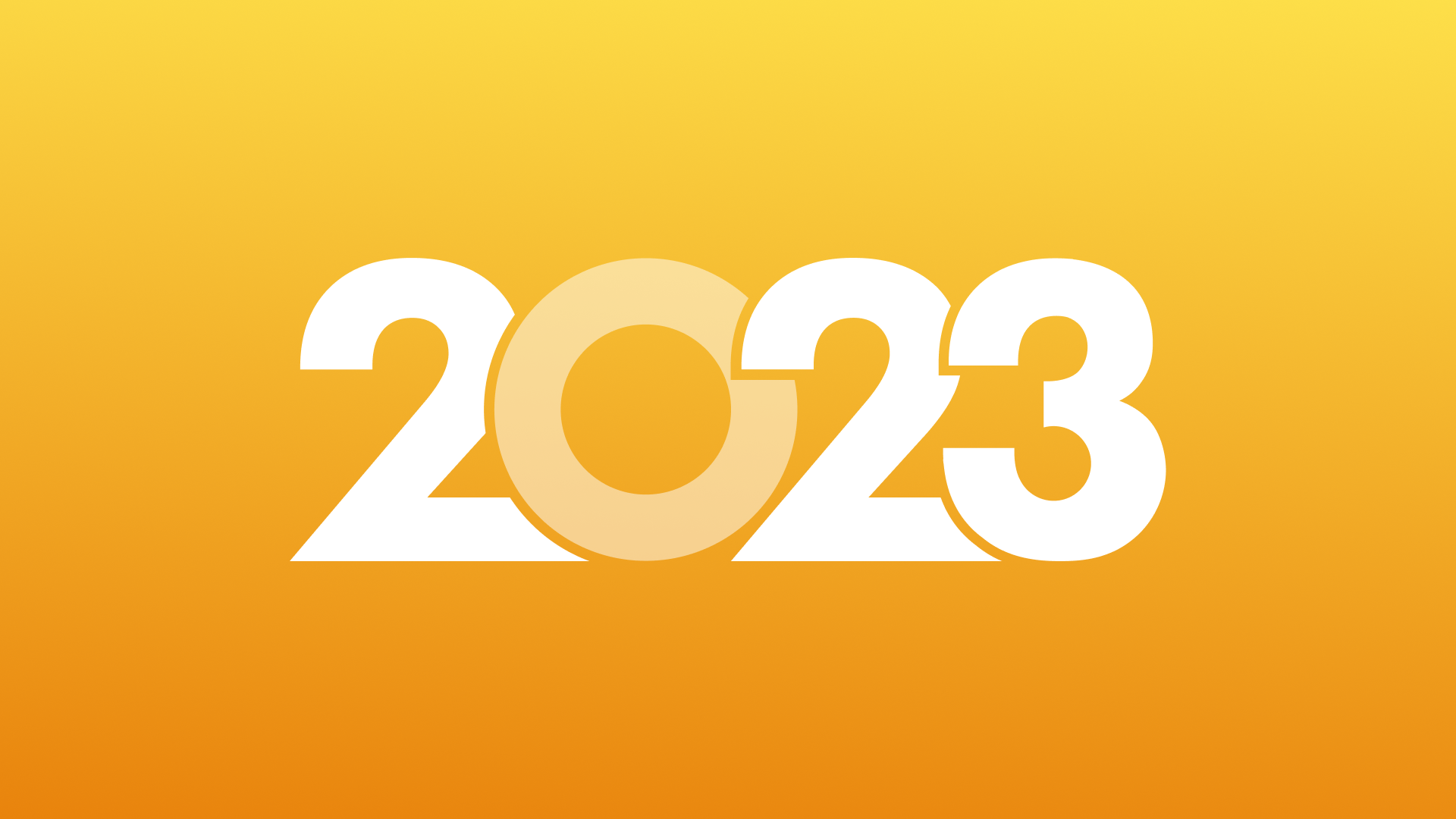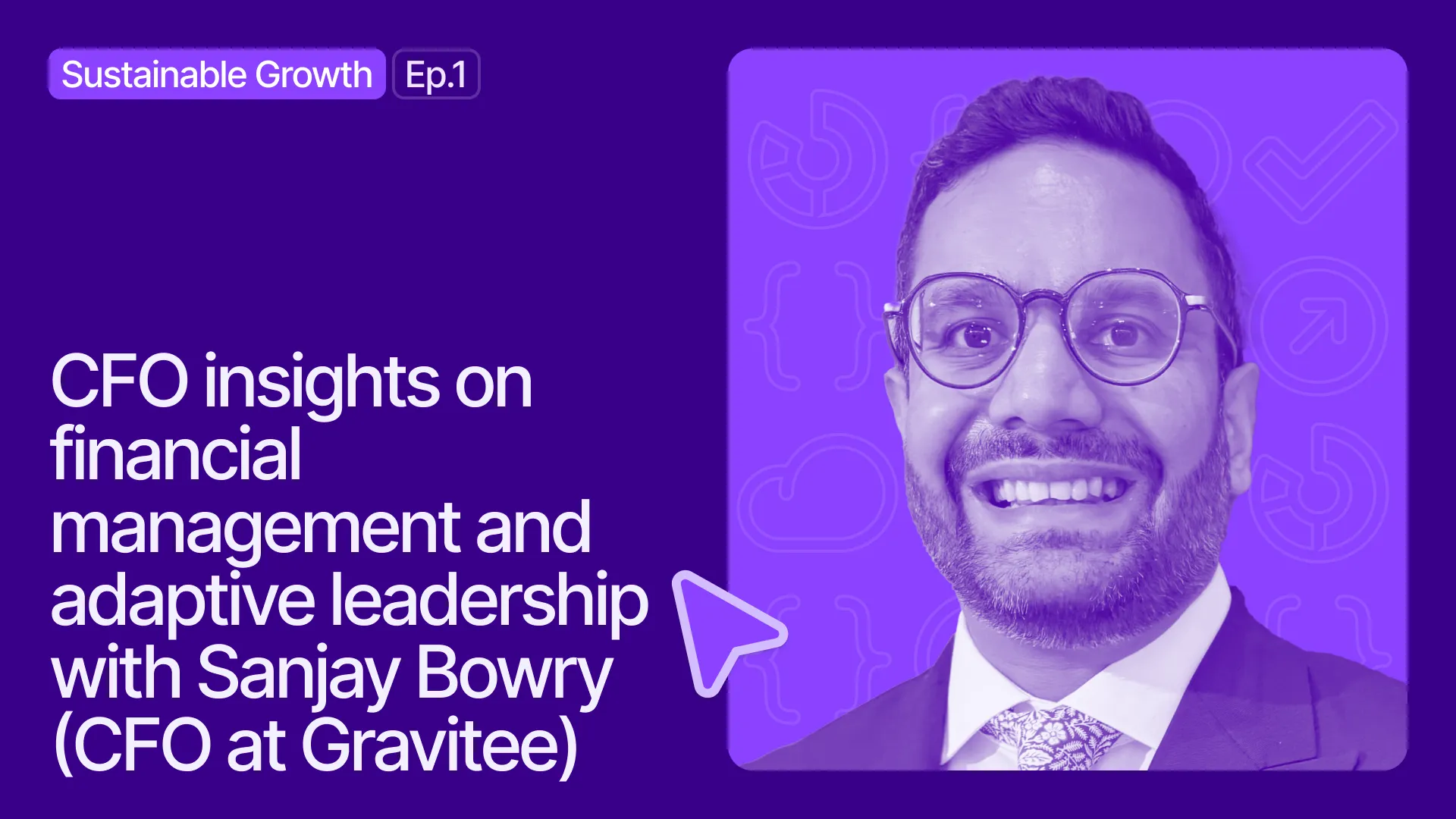2023 SaaS trends: our predictions for the New Year

Take a self-guided tour of the platform.
See why Vertice is trusted by top procurement leaders.
2022 was a challenging year for many organizations worldwide. The aftermath of Covid-19, the disruption of supply chains, soaring inflation rates and the threat of a global recession put immense pressure on companies to either rapidly adjust or risk going out of business.But what has all of this meant for the SaaS industry? In other words, what trends are we expecting to see as a result of these changing economic conditions and what do they mean for your business?Here are our predictions for 2023.,
Right-sizing and operational efficiency will be key
As companies desperately tried to adjust to the changing economic conditions of 2022, it unfortunately brought with it a year of deep cuts. By early December, almost 1,000 tech companies worldwide had laid off more than 150,000 employees and CFOs were put under increasing pressure to extend runways, improve cash flow and ultimately put the business into survival mode.This means that in 2023, operational efficiency will likely follow.More specifically, businesses will need to closely inspect their costs and distinguish between those that are nice-to-haves, as opposed to those that are must-haves. This is particularly true of software.While certain SaaS tools are central to business operations, many aren’t, meaning there is an opportunity for businesses to truly right-size their SaaS stack for maximum cost efficiencies.,
There will be an increased preference for product suites
With increased scrutiny on software spend, companies will be tempted to switch out point solutions in favor of product suites.Despite these suite’s often having limited functionality compared to the dedicated tools, the financial appeal of using the smallest number of vendors is huge. In fact, buyers will often get better pricing and economies of scale, even if those using the software end up with a less compelling tech stack., , , ,
We’ll finally say goodbye to on-premise software
Cloud has been killing on-premise software for well over a decade now, but the twin forces of hybrid working and post-Covid belt-tightening will leave on-prem on its deathbed.The cost to purchase and maintain servers, update software, patch systems and the countless other associated overheads mean that the dying embers of traditional software will finally fade out. Full SaaS is therefore inevitable.,
We will see increased security events
Smaller IT and security teams, coupled with a reduction in cybersecurity software spend, could leave organizations exposed to a higher level of risk.Bad actors will be well aware that the attack surface has grown for many businesses, which will result in a greater number of high profile security incidents, like data breaches or cyber attacks.When it comes to the security of your own business, it’s therefore crucial that you’re considering these risks at the point of rationalizing your software portfolio.,
How Vertice can help you take control of your SaaS spend
In recent years, SaaS has become one of the largest outgoings for many organizations, yet the amount being spent on these tools has largely gone unnoticed and unmanaged.Until now.With 90% of buyers overpaying for software by as much as 20-30%, coupled with the increasing number of duplicate tools, redundant applications and excess licenses that exist within the average SaaS stack, more and more finance leaders are realizing the potential cost-savings that could be had by scrutinizing this area of spending.What’s also being realized is the role that SaaS purchasing software can play in helping to achieve these cost-savings.At Vertice, we not only give you total visibility of your software portfolio, enabling you to identify opportunities to minimize spend and avoid both the security risks and compliance issues that often come with an unmanaged SaaS stack, but we also ensure you’re getting the best possible terms on any SaaS tool.What’s more, we also take the burden of buying, managing and renewing SaaS off your hands, saving you valuable time and freeing you up to focus on your core business operations.See for yourself how much we could save you with our free cost savings analysis tool.,

, , , , , , , , , , , , , , , , , , , , , , , , , , , , , , , , , , , , , ,
.webp)


.png)
.png)

.webp)